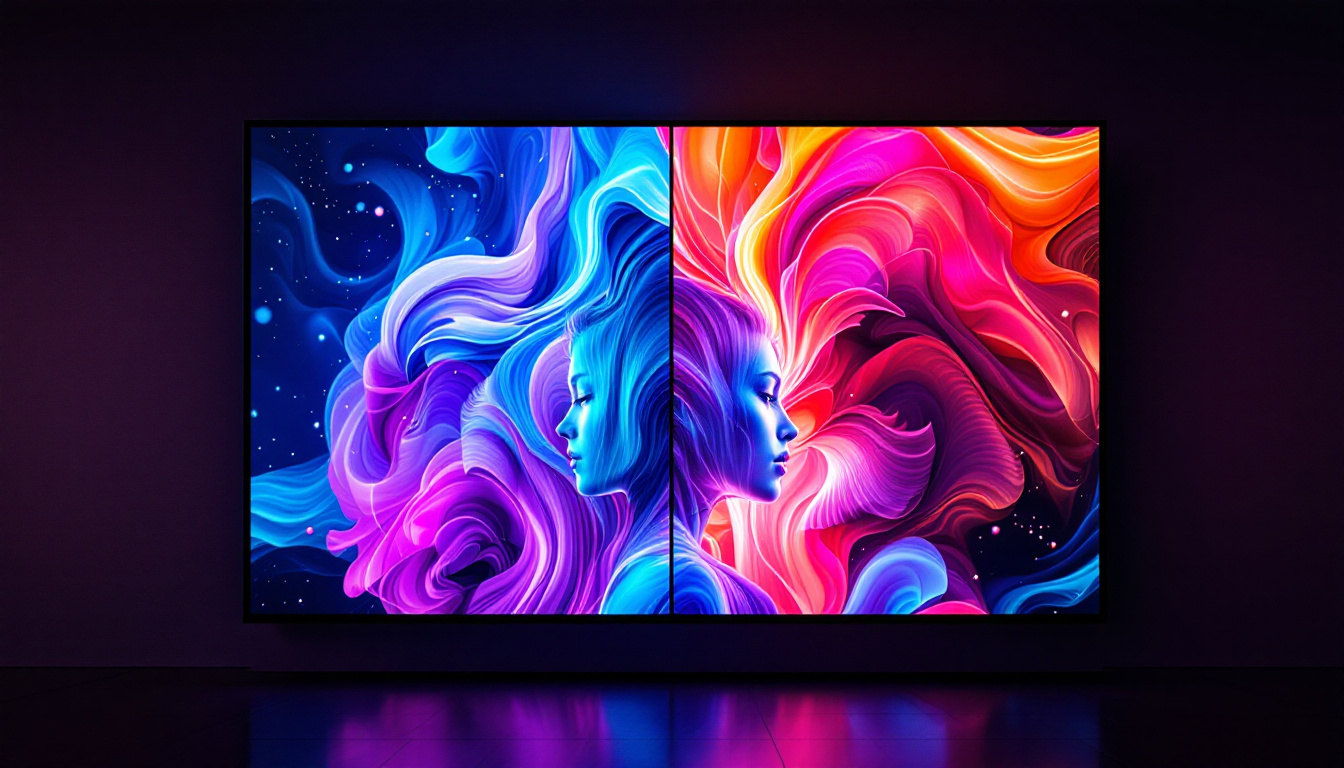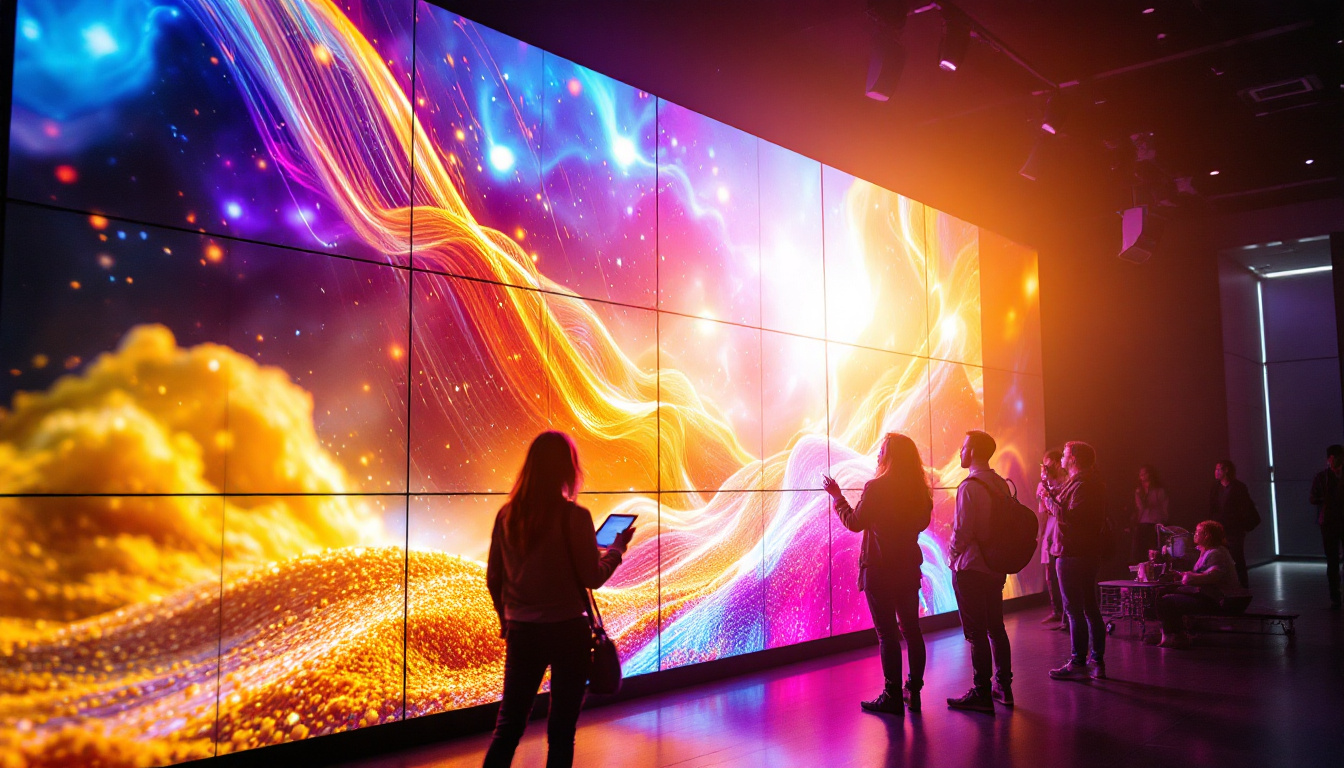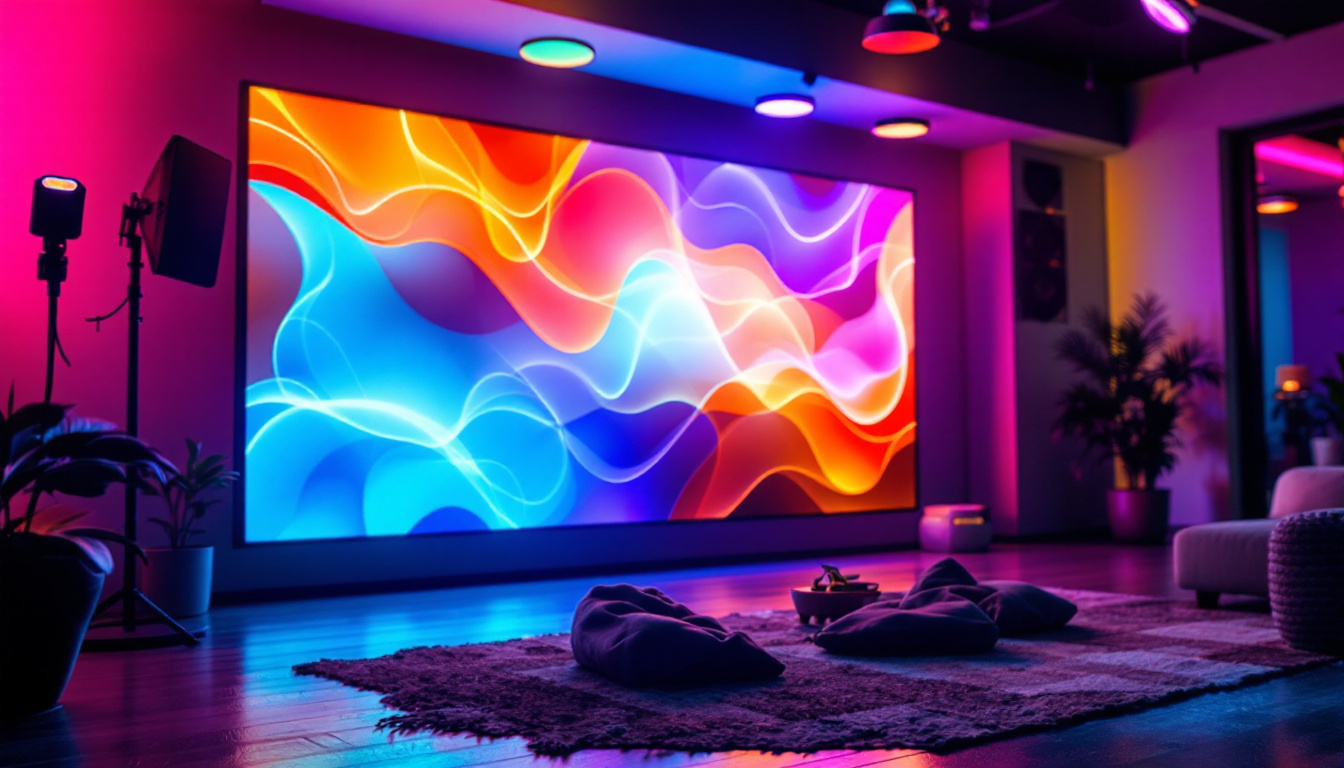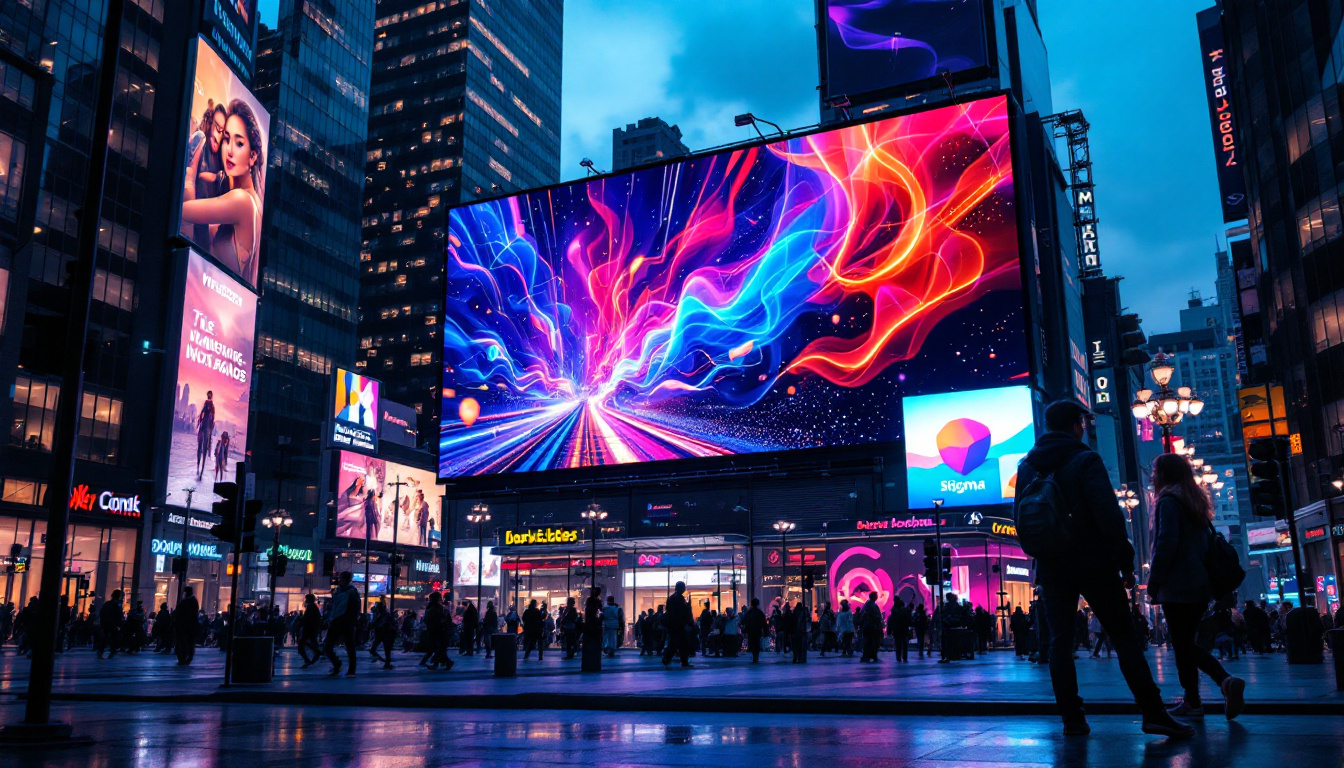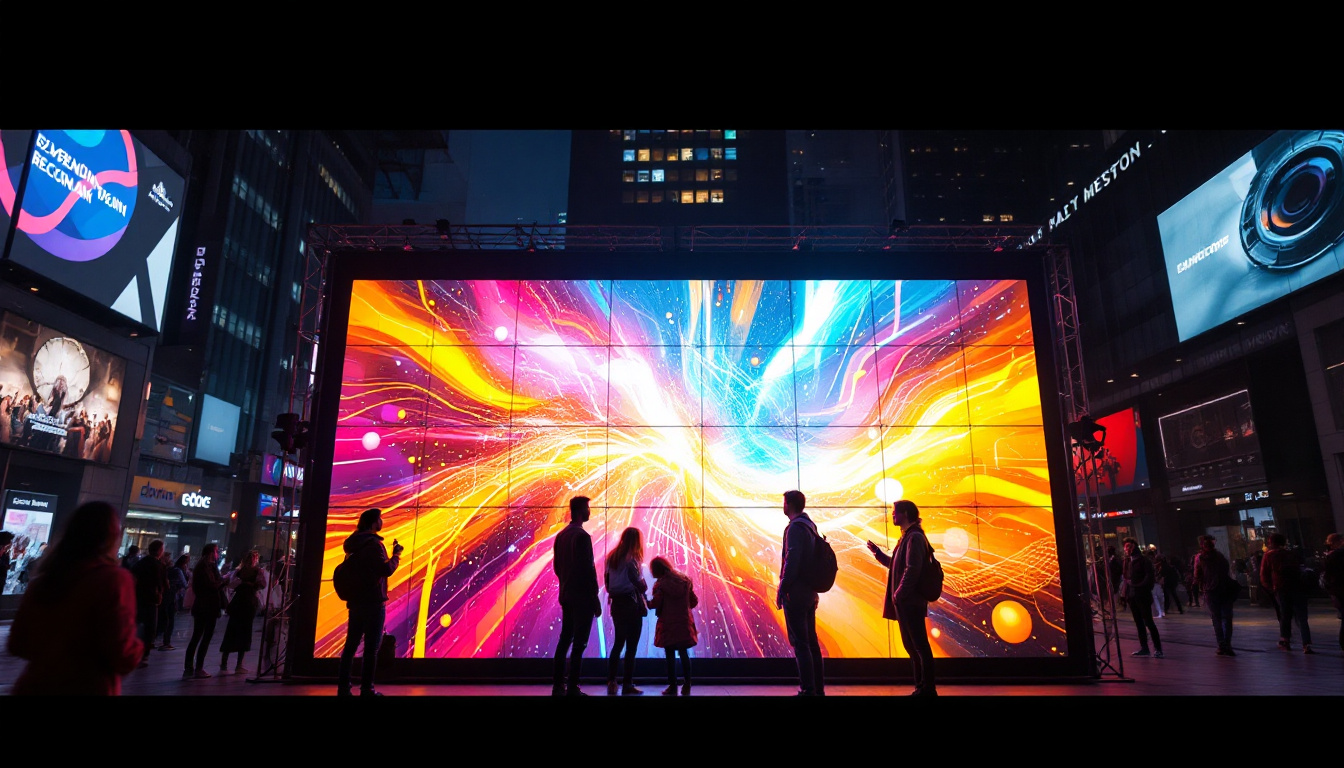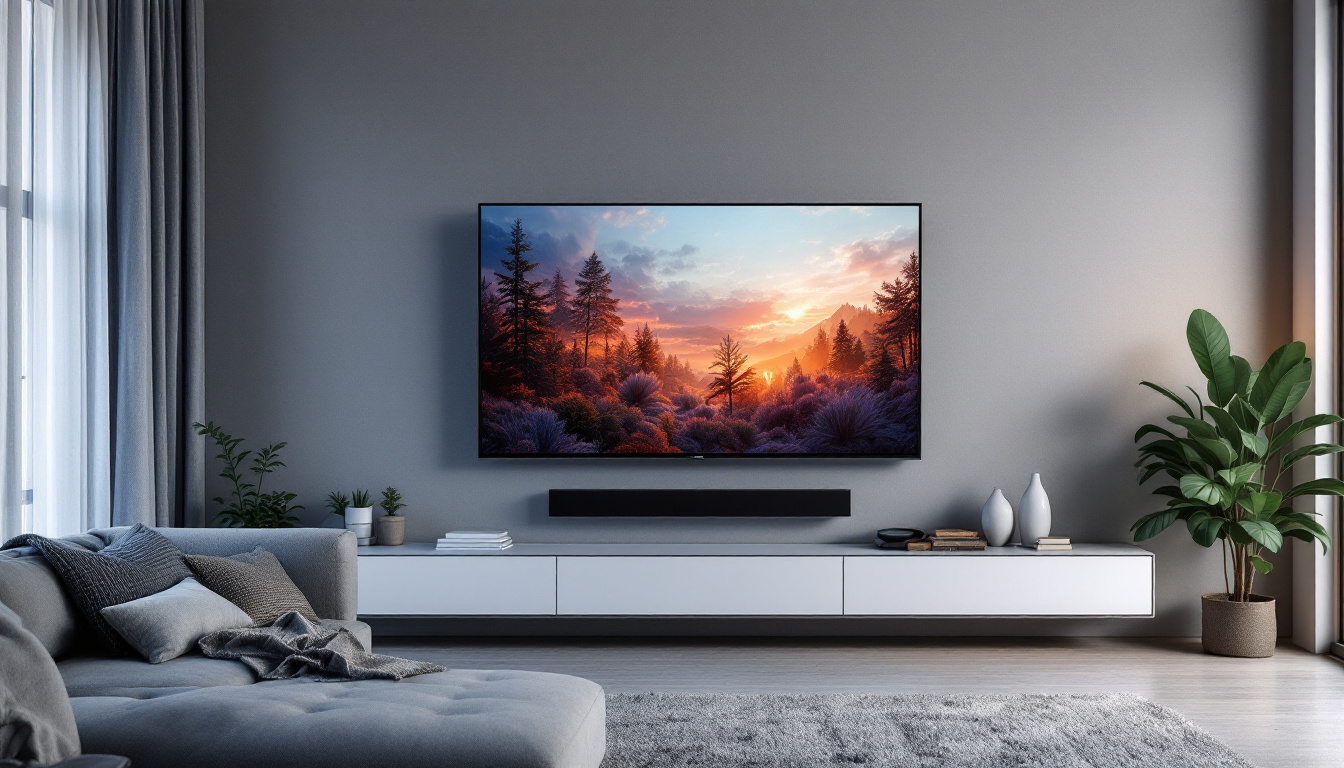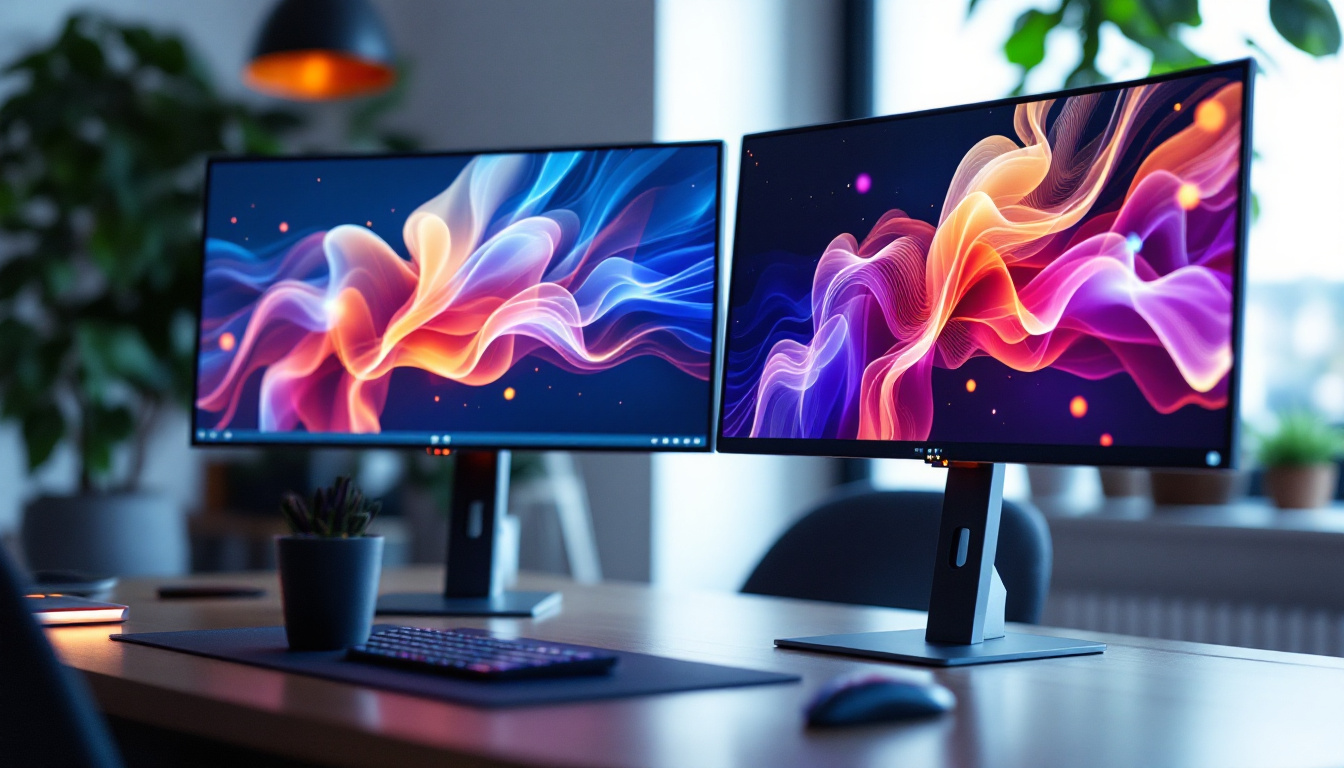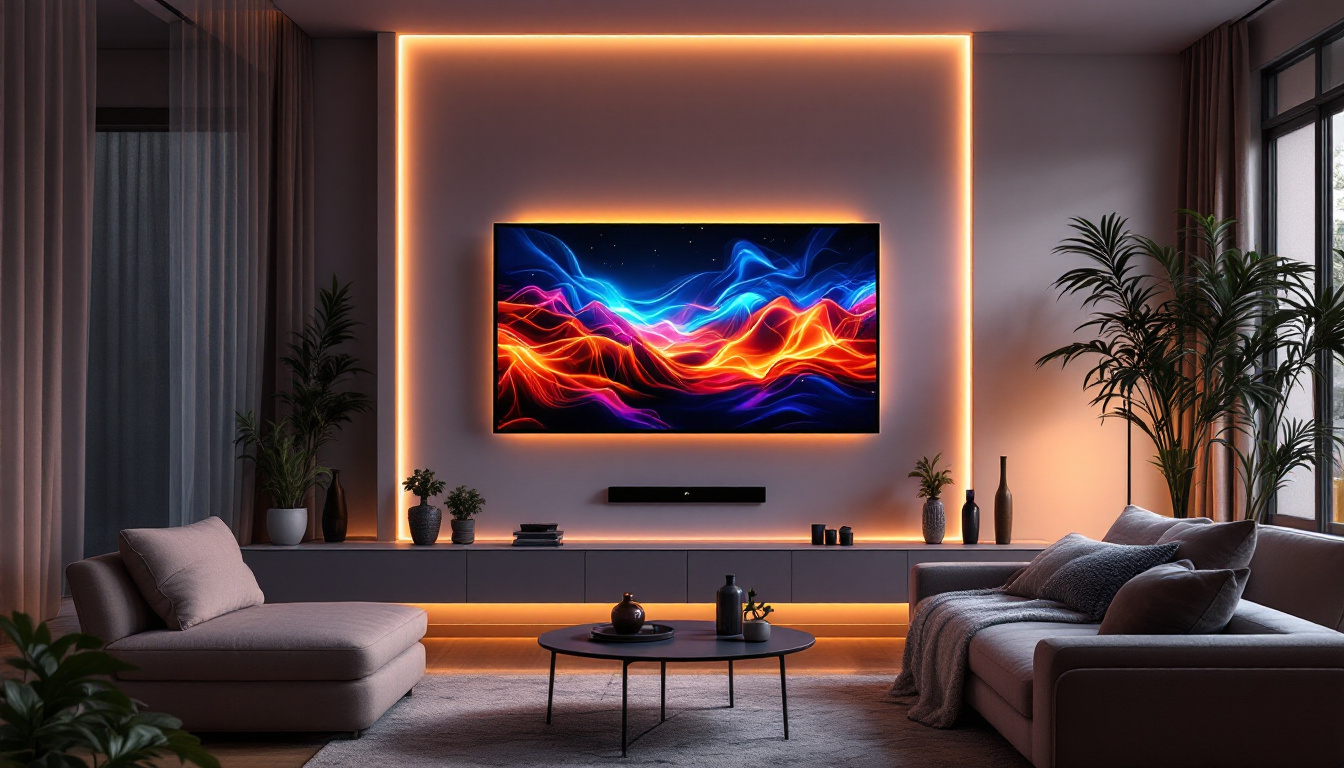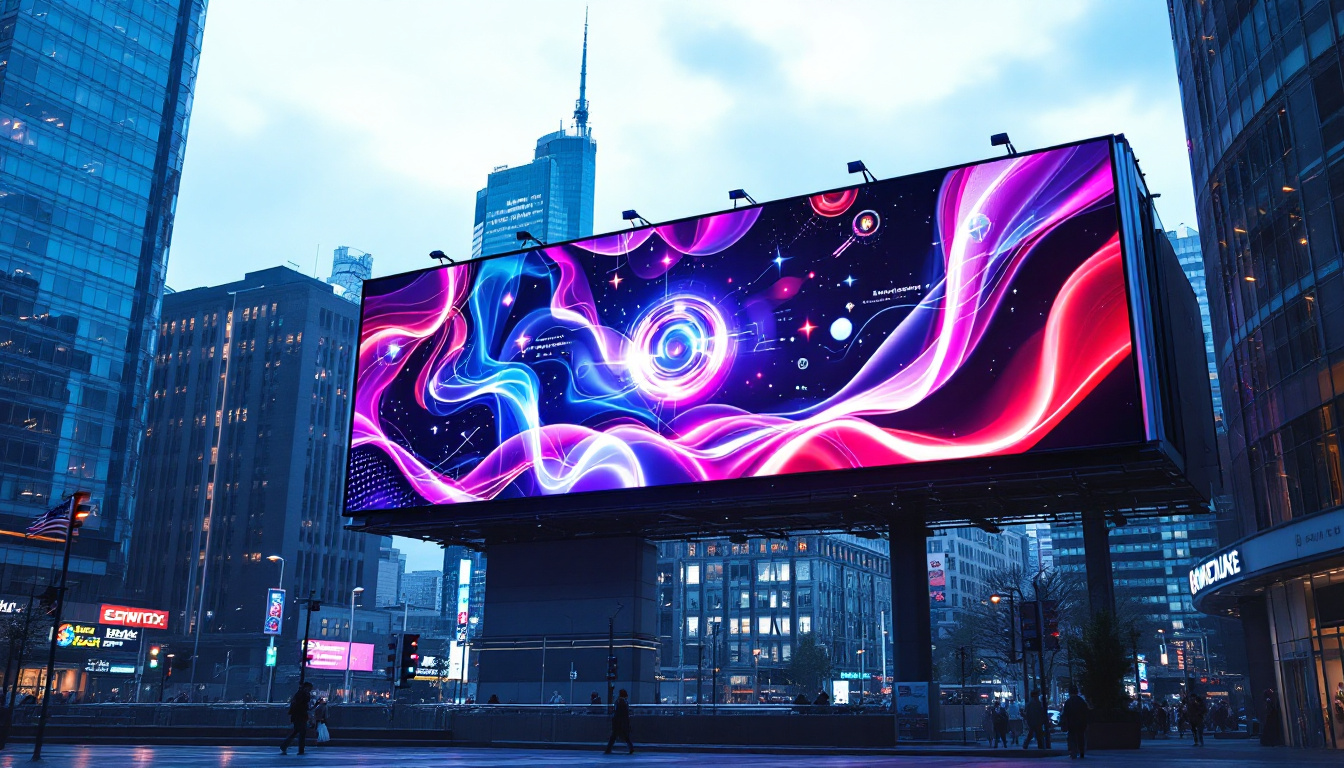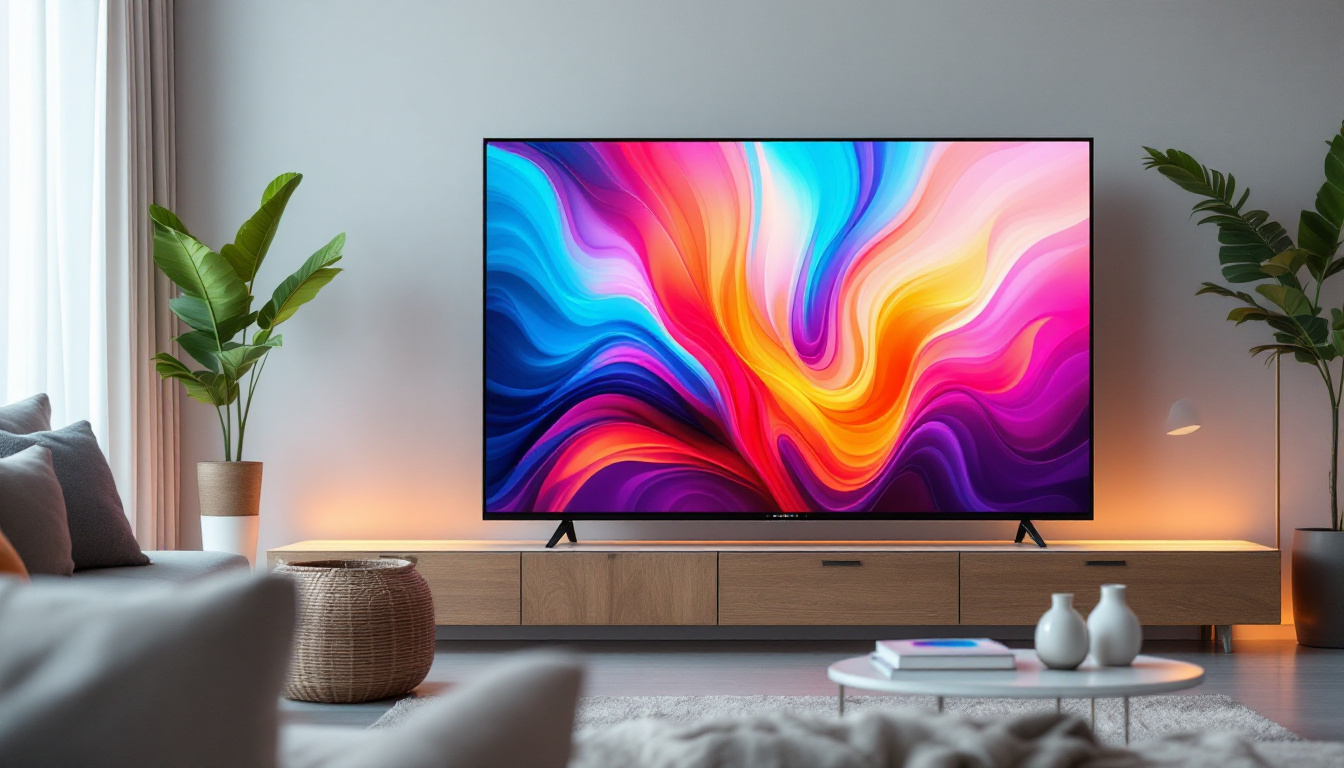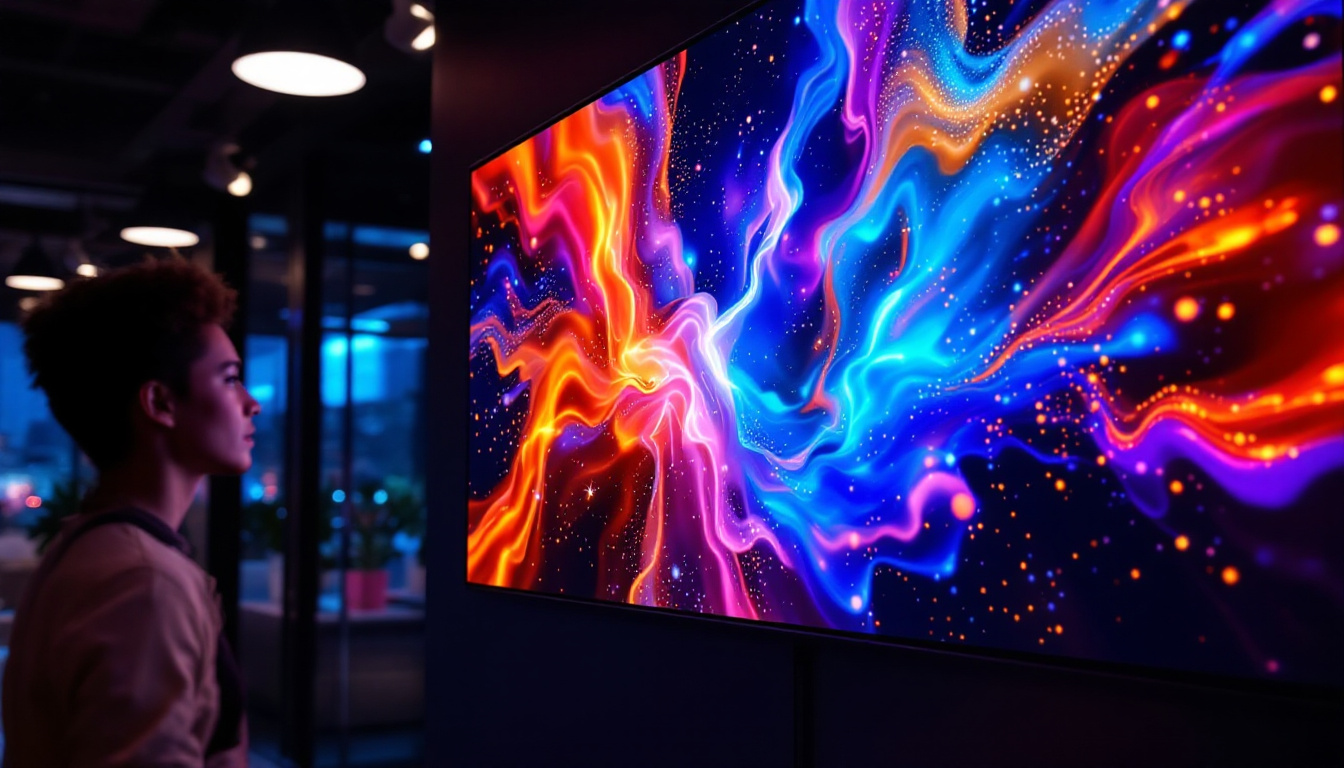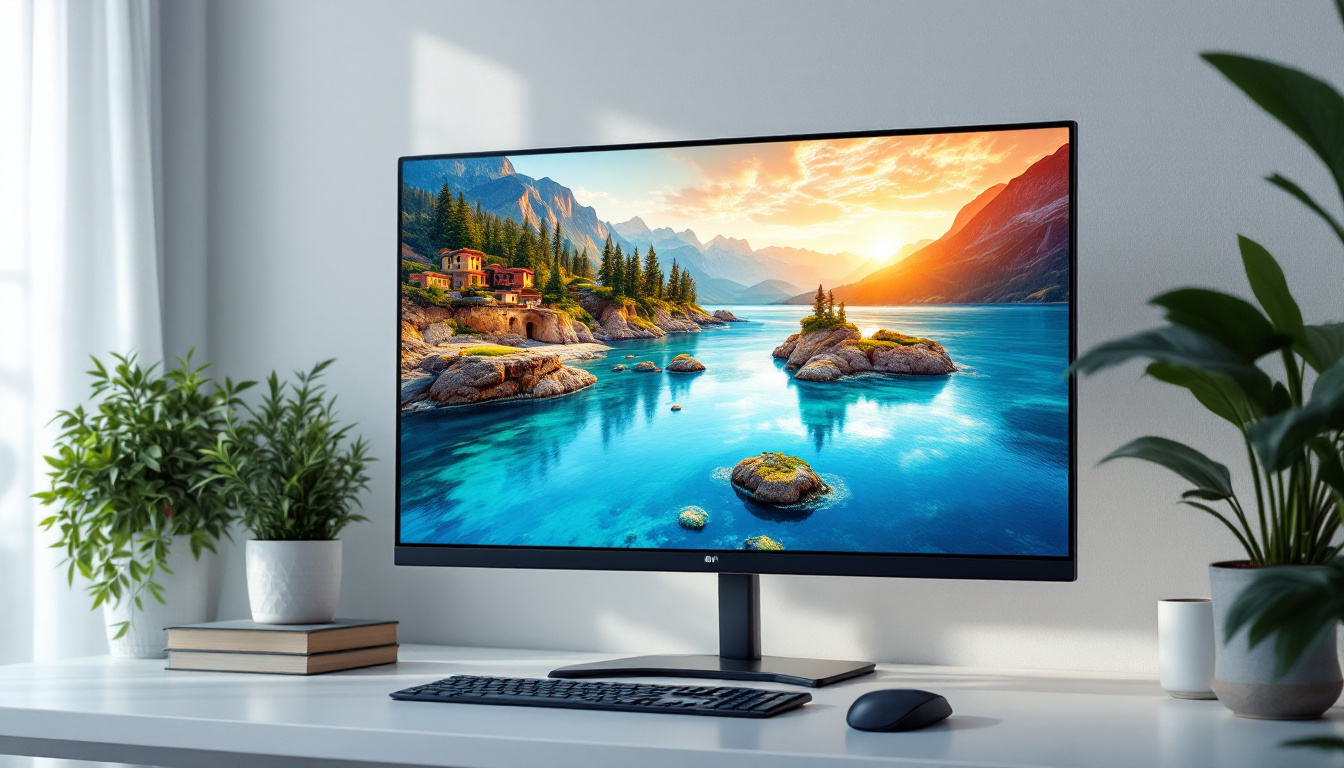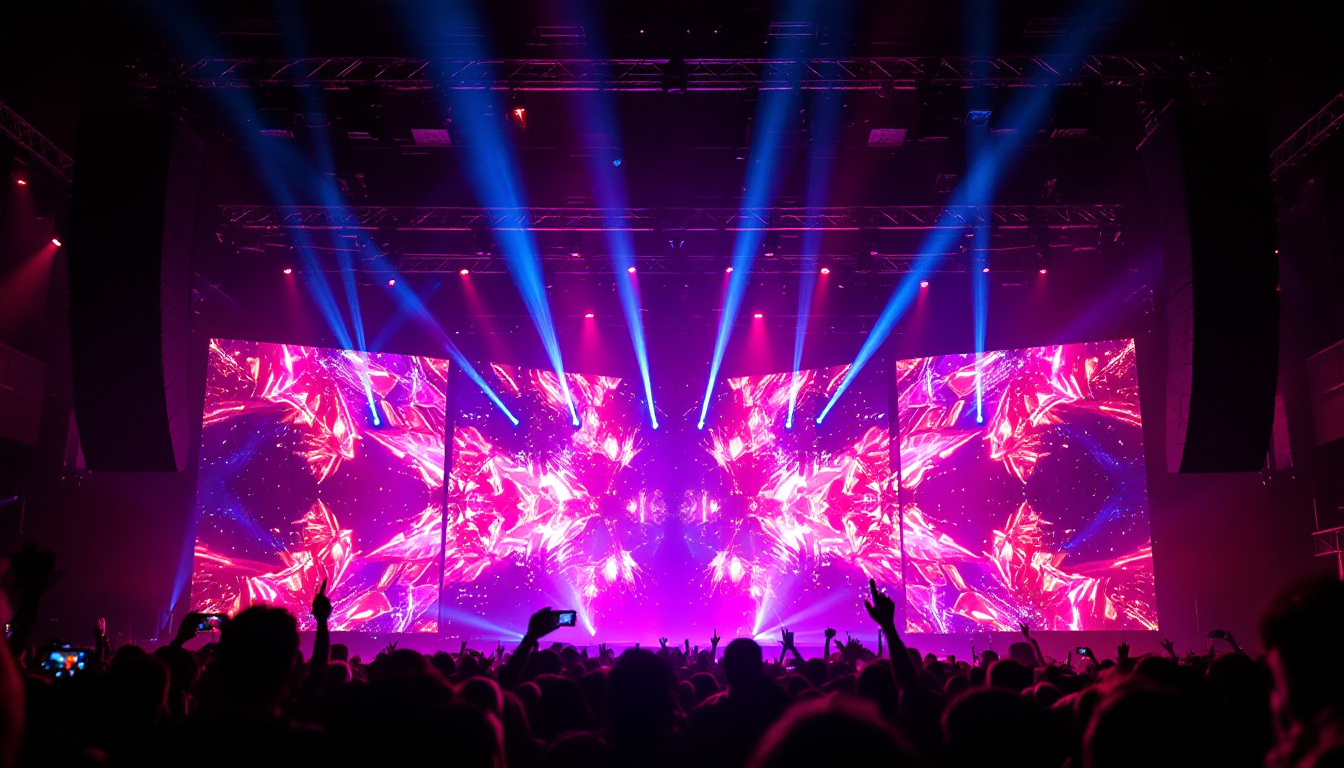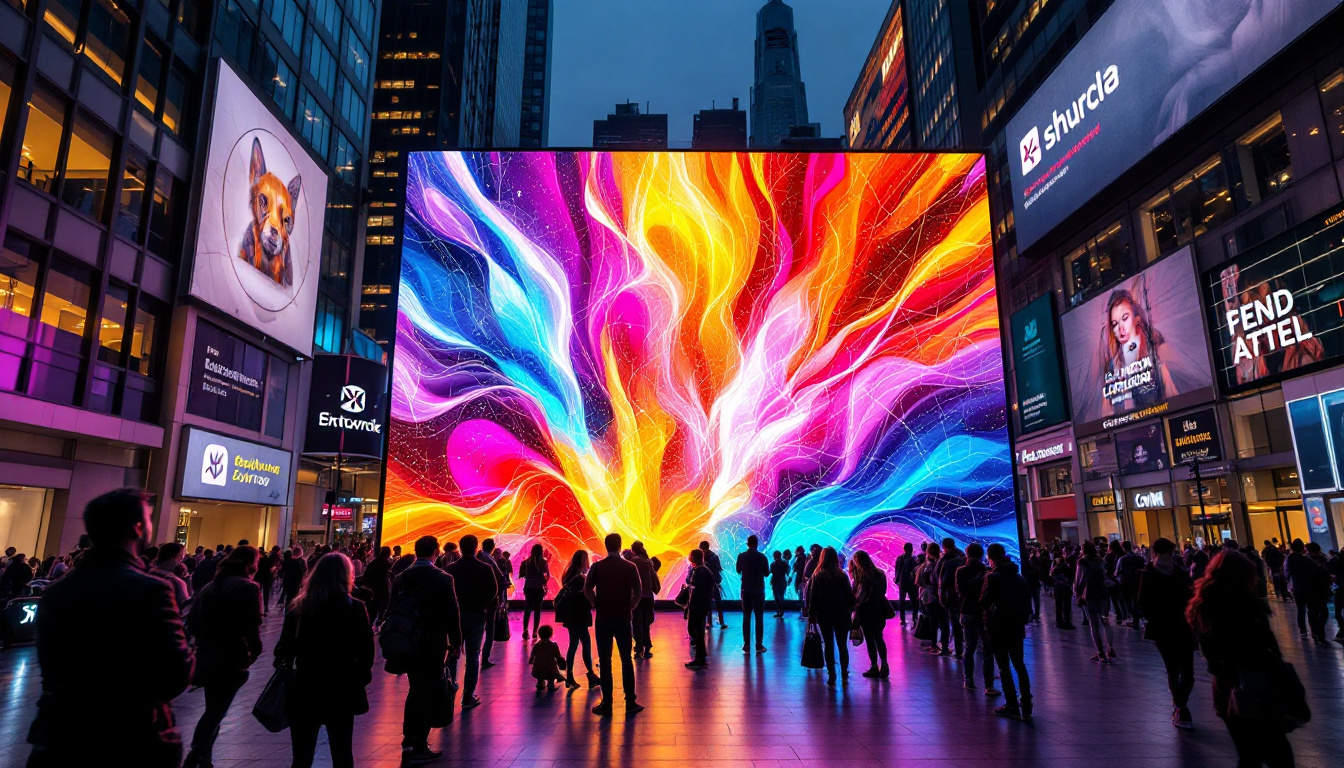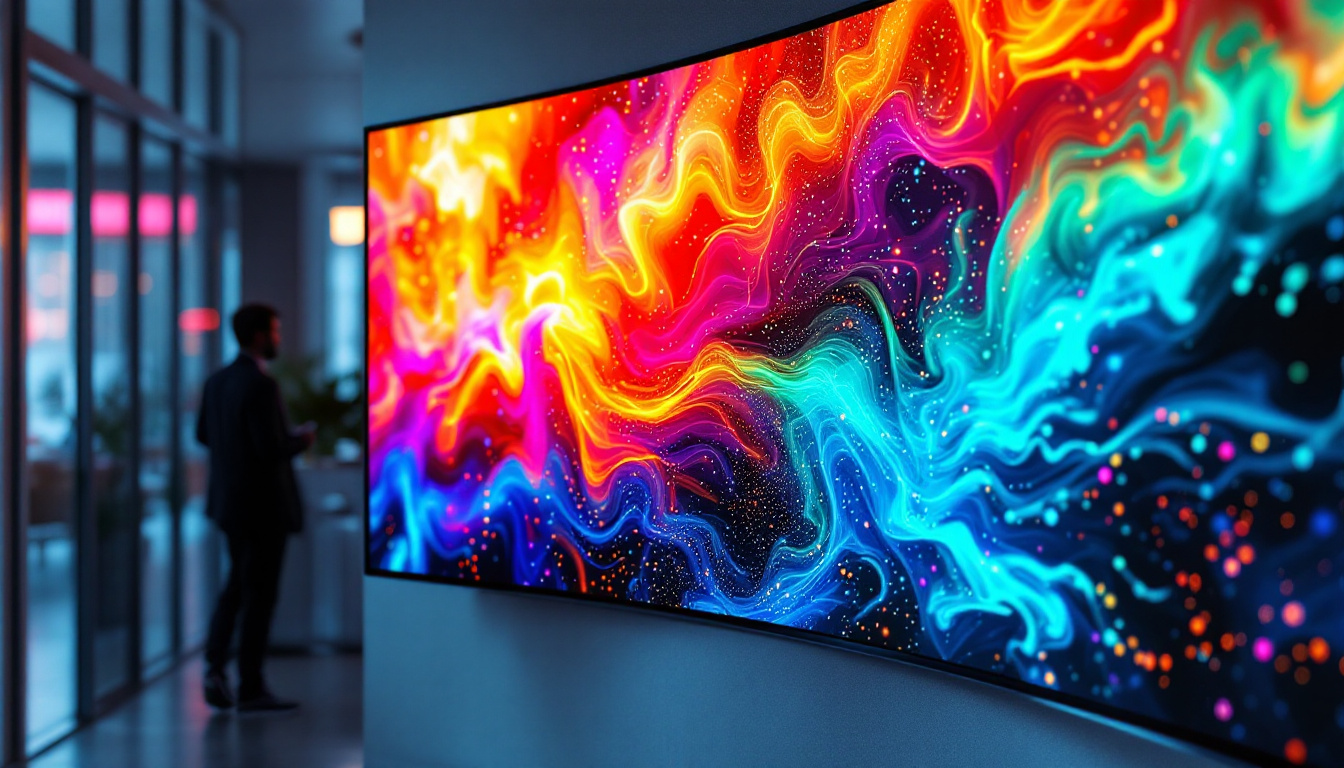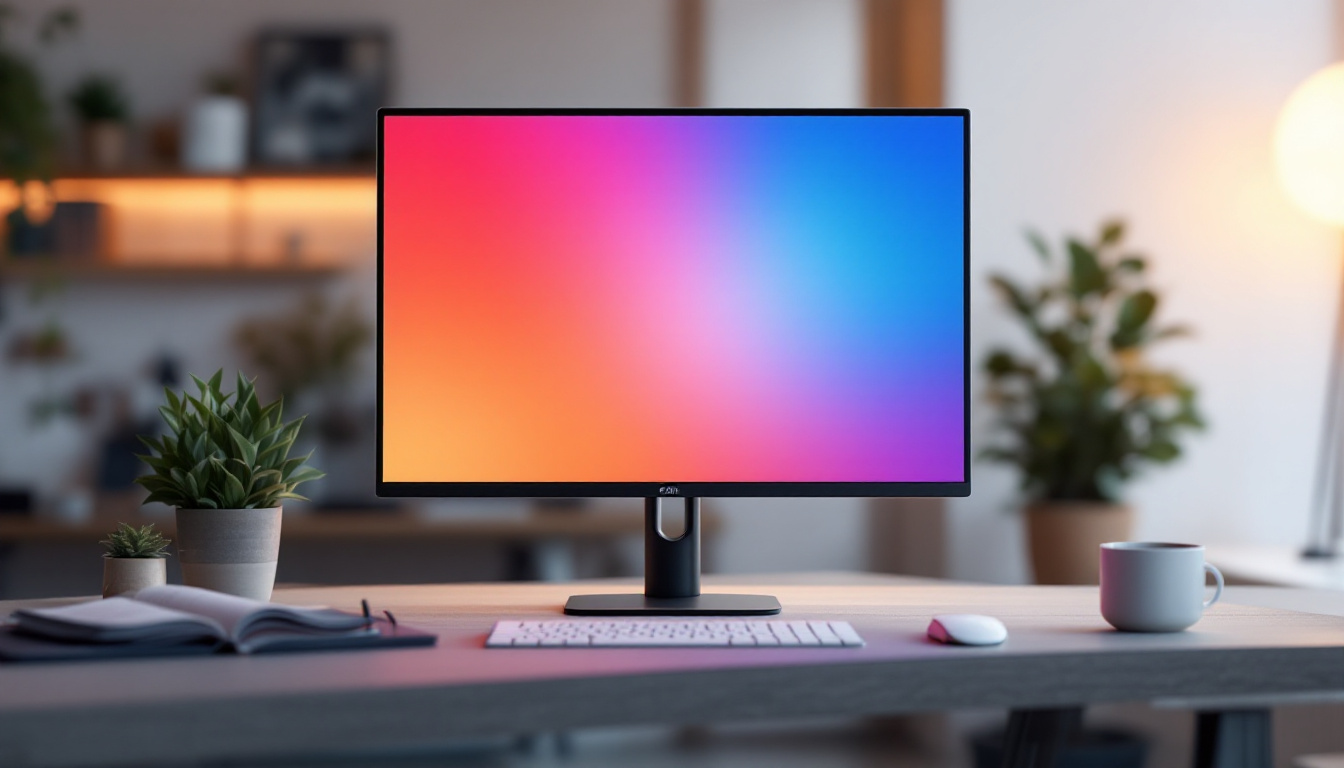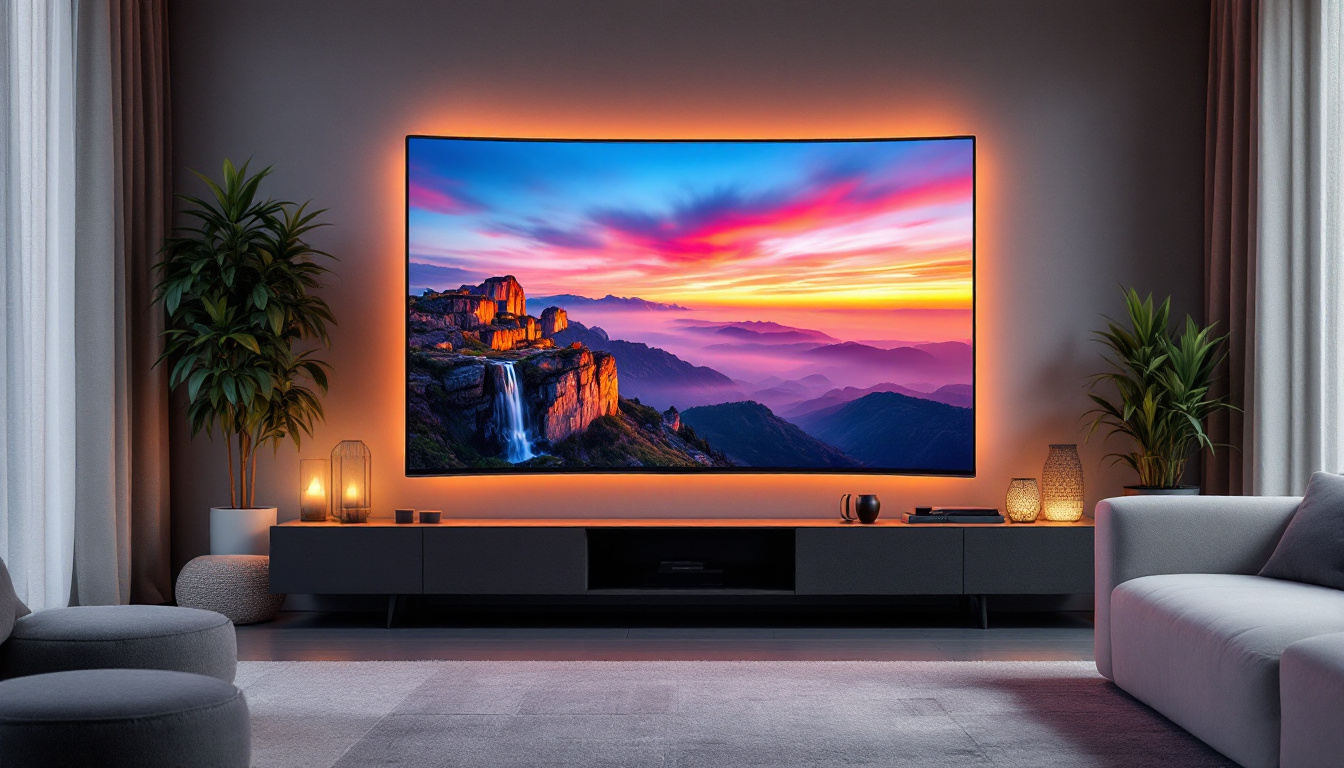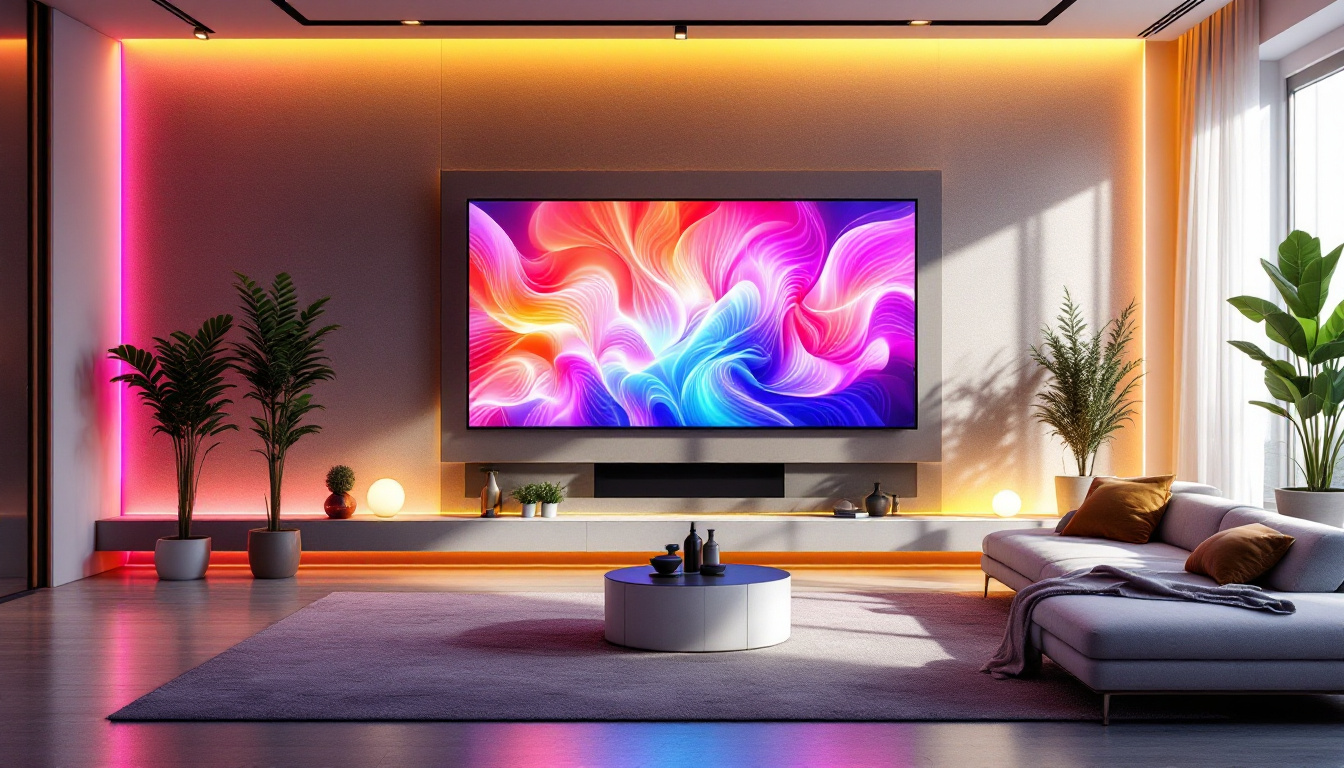In an era dominated by visual content, the way videos are presented can significantly impact viewer engagement. With the rise of smartphones, vertical videos have become increasingly common. However, when it comes to displaying these videos on larger formats, such as LED displays, a common challenge arises: how to convert vertical video into a horizontal format. This article will explore the intricacies of this conversion, the technology behind LED displays, and practical solutions to achieve a seamless viewing experience.
The Rise of Vertical Video
Vertical videos have surged in popularity, particularly with the advent of social media platforms like Instagram, TikTok, and Snapchat. These platforms are designed for mobile use, encouraging users to capture and share content in a vertical format. As a result, a significant amount of video content is now created with a portrait orientation.
While this format is ideal for mobile devices, it poses challenges when displayed on traditional screens, which are predominantly horizontal. This discrepancy can lead to awkward viewing experiences, where the video is either cropped or surrounded by black bars. Understanding how to adapt vertical video for horizontal displays is essential for content creators and marketers alike.
Understanding Aspect Ratios
The aspect ratio refers to the proportional relationship between the width and height of a video. Vertical videos typically have an aspect ratio of 9:16, while horizontal videos are often presented in a 16:9 ratio. This difference is the root of the problem when attempting to display vertical videos on horizontal screens.
To convert a vertical video to a horizontal format, one must consider how to best utilize the available space. This can include cropping, adding borders, or even reformatting the content entirely. Each method has its pros and cons, which will be discussed in detail later in this article.
Challenges of Vertical Video on Horizontal Displays
One of the primary challenges when displaying vertical videos on horizontal LED screens is maintaining the integrity of the content. Cropping a video can lead to the loss of important visual elements, while adding borders may detract from the overall aesthetic. Additionally, viewers may find it disorienting to watch a video that does not fill the screen properly.
Another challenge is the technological limitations of certain displays. Not all LED screens are capable of adapting to various aspect ratios seamlessly. Understanding the specifications of the display being used is crucial for achieving the best results. Some modern displays offer features like automatic scaling or adaptive cropping, which can help mitigate these issues, but not all content creators are aware of these options. Moreover, the viewer’s experience can be significantly impacted by the quality of the display itself; lower-resolution screens may struggle to present vertical content in a way that feels polished and engaging.
Furthermore, the cultural implications of vertical video cannot be overlooked. As more users become accustomed to consuming content in a vertical format, it shapes their expectations and preferences. This shift in viewing habits is influencing how brands approach video marketing, with many opting to create content specifically tailored for vertical viewing. The rise of influencers and user-generated content on platforms like TikTok has also played a pivotal role in normalizing this format, leading to a broader acceptance of vertical video as a legitimate storytelling medium.
Technological Solutions for Conversion
Fortunately, there are several technological solutions available for converting vertical video into a horizontal format. These solutions range from simple software applications to advanced hardware setups. Each option has its own set of features and capabilities, catering to different needs and budgets.
Software Solutions
Many video editing software programs offer tools specifically designed for converting vertical videos to horizontal formats. Programs like Adobe Premiere Pro, Final Cut Pro, and DaVinci Resolve provide various options for resizing and repositioning video content. These tools allow users to manipulate the video frame, ensuring that key elements remain visible while adapting to the new aspect ratio.
For those seeking simpler solutions, mobile applications such as InShot and KineMaster offer user-friendly interfaces for quick edits. These apps allow users to easily adjust the aspect ratio, add backgrounds, and apply filters, making them ideal for social media content creators. Additionally, many of these applications come with pre-set templates that can help users maintain a professional look without needing extensive editing skills. This accessibility has democratized video editing, allowing anyone with a smartphone to produce high-quality content that can engage audiences across various platforms.
Hardware Solutions
In addition to software options, hardware solutions can also facilitate the conversion of vertical video to horizontal formats. Video switchers and scalers are commonly used in professional settings to manage multiple video sources and adjust their output formats. These devices can automatically adjust the aspect ratio of incoming video signals, ensuring a seamless transition between vertical and horizontal content.
Furthermore, some LED displays come equipped with built-in software that can adapt to various aspect ratios. These displays can detect the orientation of the video being played and adjust accordingly, providing a more user-friendly experience. This feature is particularly beneficial in live event settings, where quick adjustments may be necessary to accommodate different types of content. Moreover, advanced hardware solutions often include features such as real-time video processing and multi-camera switching, allowing for a more dynamic presentation that can keep audiences engaged. As technology continues to evolve, we can expect even more innovative solutions to emerge, further enhancing the way we interact with video content.
Best Practices for Displaying Vertical Video
When converting and displaying vertical video on horizontal screens, adhering to best practices can enhance the viewing experience. These practices focus on maintaining visual integrity while ensuring that the content remains engaging for the audience.
Maintain Key Visual Elements
One of the most critical aspects of converting vertical video to horizontal is ensuring that key visual elements remain in focus. This often involves repositioning the video frame to highlight the most important parts of the content. For instance, if a speaker is the focal point of the video, centering them in the frame will help maintain viewer engagement.
Additionally, consider the use of text and graphics. If the video includes captions or on-screen text, ensure that these elements are not cut off during the conversion process. Proper placement and sizing are essential to maintain readability and clarity.
Utilize Backgrounds Wisely
When converting vertical videos, adding a background can help fill the empty space on the sides of the screen. This background can be a blurred version of the video itself, a solid color, or a relevant image that complements the content. The goal is to create a visually appealing presentation that does not distract from the main content.
Using backgrounds effectively can also enhance the overall aesthetic of the video, making it more engaging for viewers. However, it is important to ensure that the background does not overpower the primary content.
Test on Multiple Displays
Before finalizing the conversion of vertical video to horizontal format, it is advisable to test the content on various LED displays. Different screens may have different resolutions, aspect ratios, and color profiles, which can affect how the video appears. By testing on multiple displays, one can identify any potential issues and make necessary adjustments.
This practice is particularly important for businesses and marketers who plan to showcase their content in diverse environments, such as trade shows or public events. Ensuring that the video looks great on all potential displays can significantly enhance viewer engagement and satisfaction.
The Future of Video Orientation
As technology continues to evolve, the way videos are created and consumed will also change. The rise of virtual reality and augmented reality technologies may lead to new formats and orientations for video content. This evolution will require content creators to adapt and innovate, finding new ways to engage audiences across various platforms.
Emerging Trends in Video Content
One emerging trend is the use of immersive video formats that allow viewers to interact with the content. This could involve 360-degree videos or interactive storytelling, where the viewer has control over their viewing experience. As these formats gain popularity, the traditional distinctions between vertical and horizontal videos may blur.
Additionally, advancements in artificial intelligence and machine learning are likely to influence video editing and conversion processes. AI-driven tools may soon be able to automatically adjust video orientation and aspect ratios based on viewer preferences, making the conversion process even more seamless.
Adapting to Changing Viewer Preferences
As audiences become more accustomed to consuming content in various formats, it is essential for content creators to remain flexible and adaptable. Understanding viewer preferences and trends will be crucial for staying relevant in a rapidly changing digital landscape.
Engaging with audiences through surveys and feedback can provide valuable insights into their viewing habits. This information can inform content creation strategies, ensuring that videos are optimized for the platforms and formats that resonate most with viewers.
Conclusion
Converting vertical video to horizontal format for LED displays is a multifaceted challenge that requires a combination of technology, creativity, and best practices. By understanding the intricacies of aspect ratios and utilizing the right tools, content creators can ensure that their videos are presented in a way that captivates audiences.
As the landscape of video content continues to evolve, staying informed about emerging trends and technologies will be essential for success. By embracing innovation and adapting to viewer preferences, content creators can navigate the complexities of video orientation and deliver engaging experiences across all platforms.
Ultimately, the goal is to create content that resonates with viewers, regardless of the format. With the right approach, vertical videos can be transformed into compelling horizontal presentations that enhance viewer engagement and satisfaction.
Discover LumenMatrix’s Innovative LED Solutions
Ready to take your video content to the next level? With LumenMatrix’s advanced LED display technology, you can effortlessly transform vertical videos into immersive horizontal displays that captivate your audience. Whether you’re looking to enhance brand visibility or create a dynamic visual experience, our range of solutions, including Indoor and Outdoor LED Wall Displays, Vehicle LED Displays, and more, are designed to meet your needs. Check out LumenMatrix LED Display Solutions today and revolutionize the way you communicate visually.

